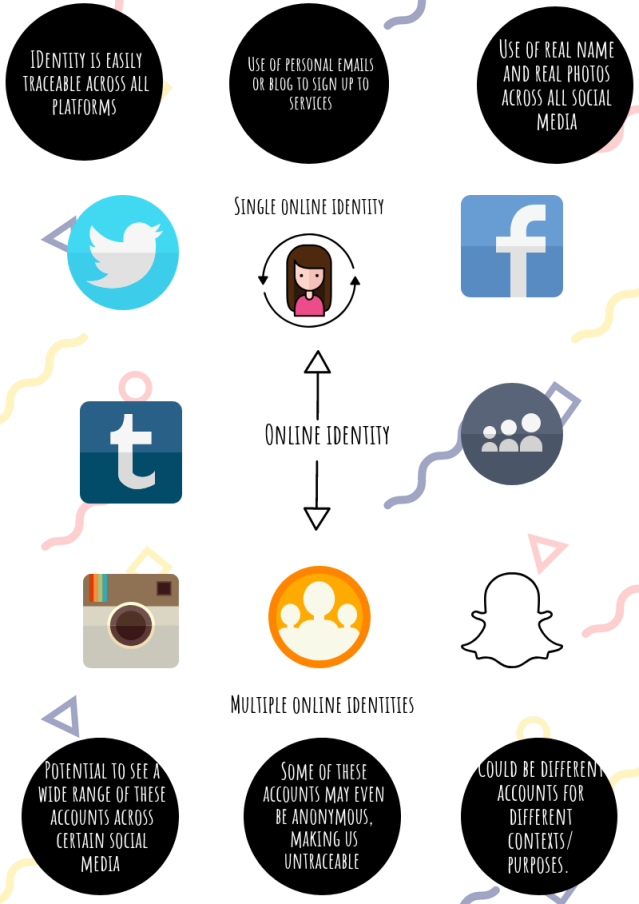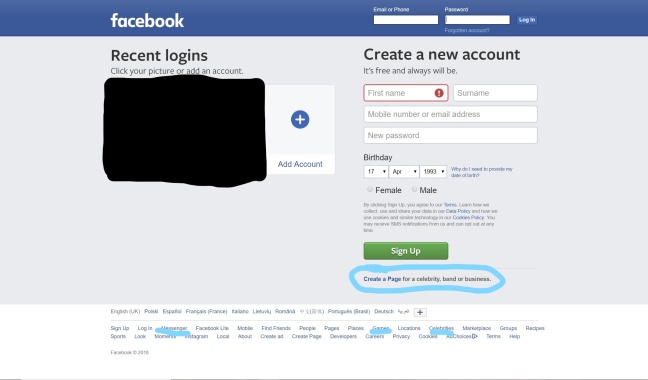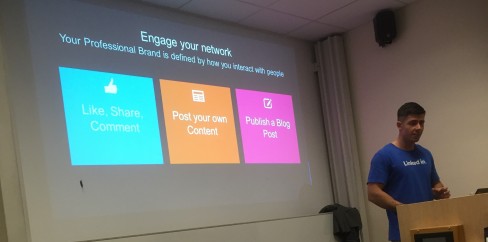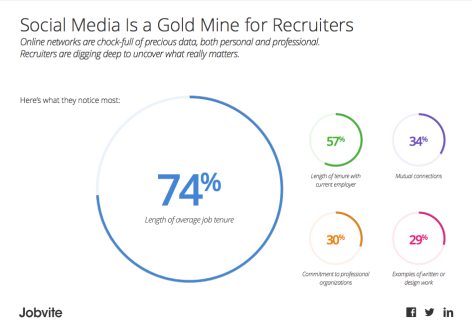
Who are you? – Looking at Online Identities
What is in an identity? How we represent ourselves online has for many years been in the public eye – stretching as far back to 1993 when Peter Steiner drew a cartoon depicting a dog using a computer: “On the internet, no-one knows you’re a dog” (Fleishman, 2000).
Continue reading →












